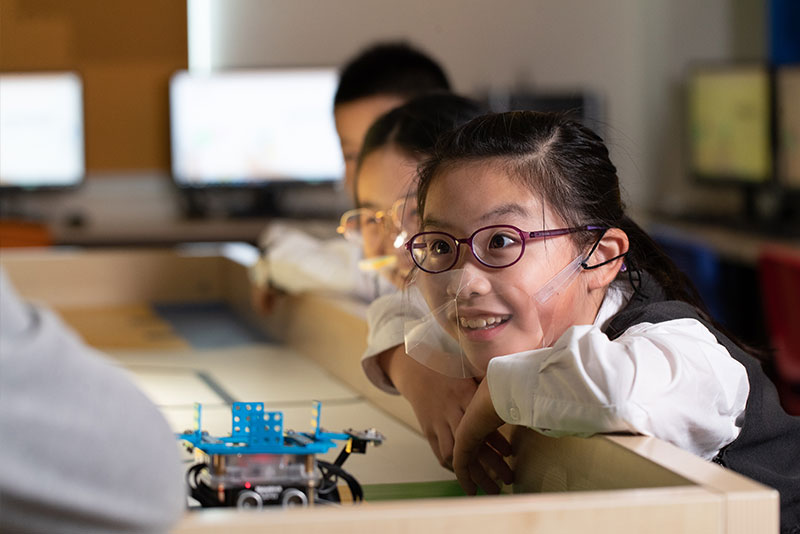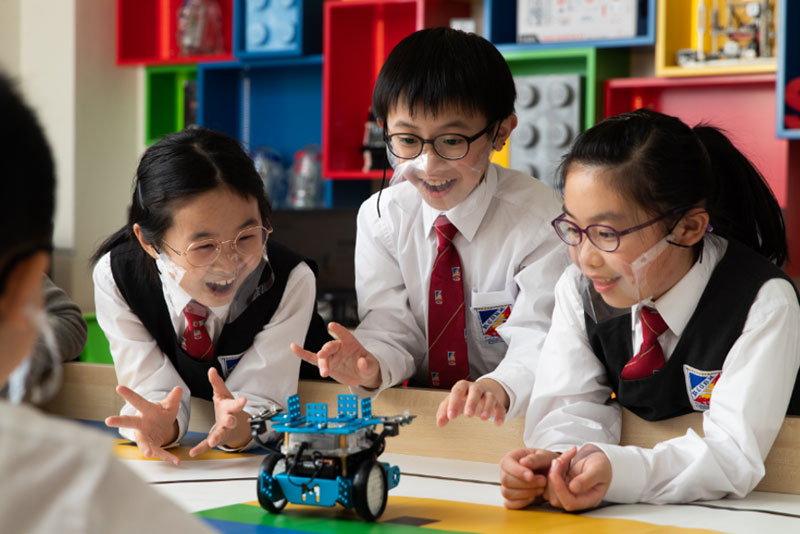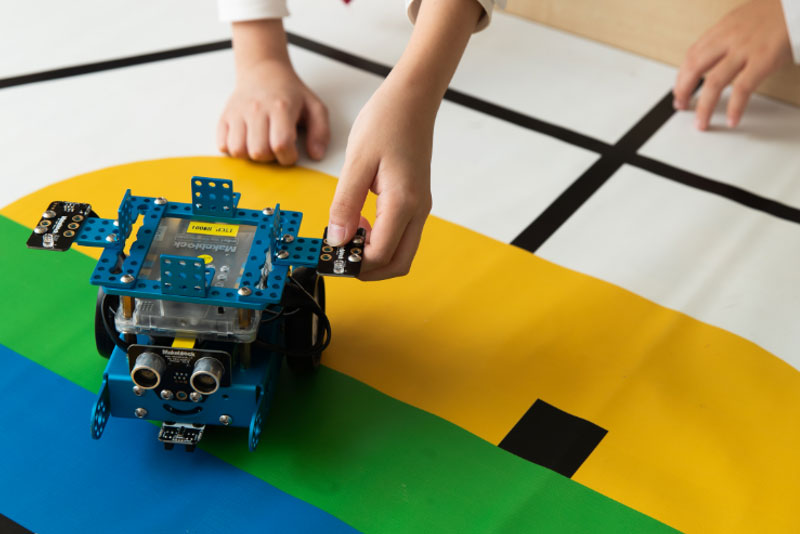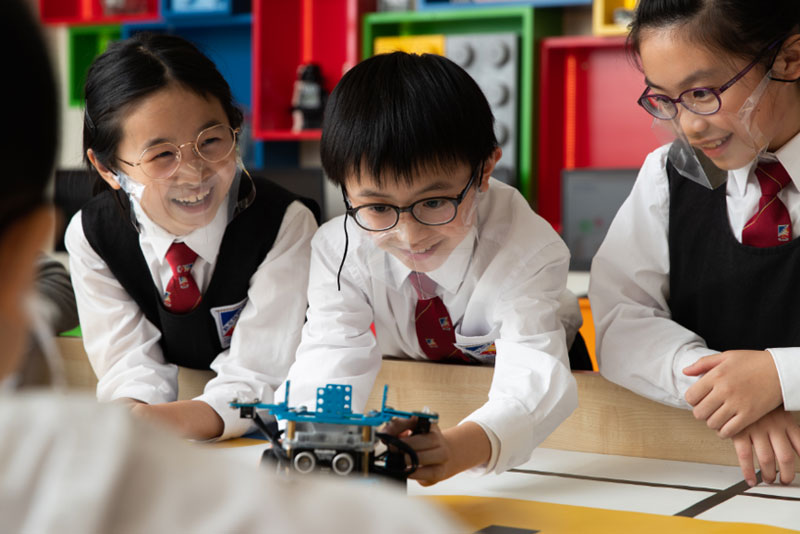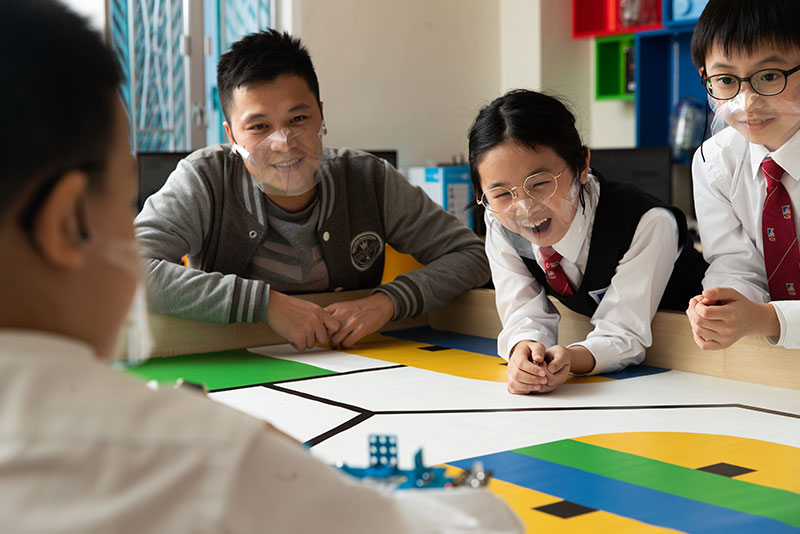Children & Youth Development
CoolThink@JC
Do you have trouble figuring out what to do with the plastic waste that’s piled up in your home? A group of primary school children may have the solution for you. Primary five student Anson Yeung and his schoolmates have developed a mobile app that can sort plastic types using the camera and voice function of a phone and quickly point you to nearby recycling points.
“I really want to know if my app can help the public,” Anson said, brimming with excitement at the prospect of new inventions. “And I want to learn more programming and write new apps for more people to use.”
Anson is a student at King's College Old Boys' Association Primary School No.2. Long interested in coding, he finally found the chance to lift his skills just over a year ago through the CoolThink@JC programme, which helps schools incorporate computational thinking in their curriculum.
Since 2016, the CoolThink@JC programme has been promoting computational thinking to local primary school students. The initiative nurtures an ability in children to solve complex problems and aims to turn them from users into creators of technology. Besides Anson, many other primary school students have fallen in love with coding.
For example, Ho Tsai used to be considered a troublemaker by his teachers. However, he’s been so engrossed by computational thinking ever since he got his first taste of it. Before long, he started teaching his classmates coding and even built his first robot for a competition a couple of years ago.
Elsewhere, a group of primary school students came to the aid of parents who struggled to have their baby stay under the blanket at night. They invented a blanket that can detect temperature drops and alert parents on their mobile through a small sensor.
Created and funded by The Hong Kong Jockey Club Charities Trust, the CoolThink@JC programme has seen 131 local schools embark on computational thinking education, serving more than 58,000 upper primary school students, and training 674 teachers and 200 prospective teachers. Now internationally recognised, there are plans to expand the CoolThink@JC curriculum to the Greater Bay Area so that more teachers and students can benefit from computational thinking.
Did you know?
Computational thinking is the future of education. Beyond the teaching of coding, the more important point is to immerse students in the programming process, so that they acquire the ability to break down complex problems and solve them one by one. Research says that children aged 9-10 already have the logical maturity to start learning basic computational thinking.
CoolThink


